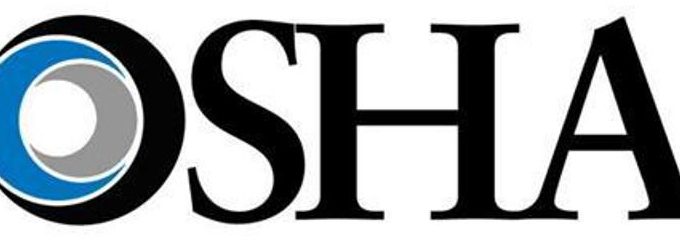The US Occupational Safety and Health Administration (OSHA) has specific requirements for sharps containers in…
OSHA Expects Dental Offices to Be Prepared for Emergency Situations
 Nobody expects an emergency or a disaster to happen. Yet, emergencies and disasters can strike anyone, anytime, anywhere. Employers should establish effective safety and health management systems that prepare employees for emergencies to ensure that employers and workers have the necessary equipment, know where to go, and know how to keep themselves safe when an emergency occurs.
Nobody expects an emergency or a disaster to happen. Yet, emergencies and disasters can strike anyone, anytime, anywhere. Employers should establish effective safety and health management systems that prepare employees for emergencies to ensure that employers and workers have the necessary equipment, know where to go, and know how to keep themselves safe when an emergency occurs.
Under federal regulation 29 CFR 1910.38 Emergency Action Plans, the U.S. Occupational Safety and Health Administration (OSHA) requires dental offices with hazardous materials onsite and/or those businesses with ten or more employees to maintain a formalized written plan, consisting of instructions and procedures for personnel to follow during emergency incidents. OSHA has online resources to help businesses plan for a workplace emergency.
The purpose of an emergency action plan is to facilitate and organize employer and employee actions during workplace emergencies. All employees must be trained on the elements of the plans. Employers with less than ten employees do not need to have these plans in written form, however the information must be included in safety training for new employees. The plan should provide general emergency information for employees, and should have specific hazard information for the different types of emergency events such as fires, earthquakes, floods, accidental chemical releases, medical emergencies, and violence in the workplace.
For our OSHA Review Subscribers… The January/February 2015 issue of OSHA Review in Section VII of your binder covers the emergency action plan; Section VII also contains a template emergency action plan for dental offices.
Since 1992, OSHA Review, Inc. has provided dental professionals with comprehensive programs to support regulatory compliance and infection control. We are a registered continuing education provider in the state of California, specializing in Dental Practice Act, infection control, and OSHA training.


